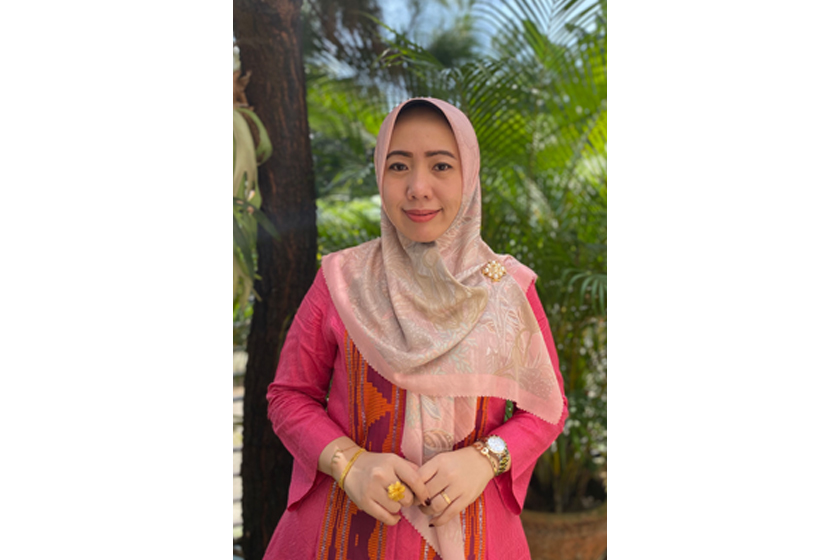11 February 2025
Join our Australian Alumni Grant Info Session!
Are you an Australian alumnus or Australia Awards in Indonesia scholar who want to strengthen your A... Read more
The Australia Awards are prestigious, transformational scholarships and short courses offered to emerging leaders for study, research and professional development in Australia

13 October 2021
 Digital Media Interventions to Prevent Child Marriage among Adolescents in Bogor Regency, West Java
Digital Media Interventions to Prevent Child Marriage among Adolescents in Bogor Regency, West Java
Project leader: Mrs. Yulina Eva Riany
Level of education and university: PhD, Child and Family Studies, University of Queensland
Collaborating Organisations: Local Government of Bogor Regency (Pemerintah Kabupaten Bogor) and three districts (kecamatan) where the proposed project will be conducted
Project Location: Bogor, Jawa Barat
Activity Type: Public awareness campaign
Sector: Maternal and Child Health, Education and Training, Human Resource Development
Project Rationale:
Child marriage ends childhood. Marrying before 18 is defined by international organisations as “child marriage,” a practice which should preferably end within a generation. Child marriage is considered both a developmental problem and a tradition that violates human rights. The impacts of marriage before 18 include reproductive health hazards, particularly among girls. These could mean difficulties in birthing, a higher risk of HIV/AIDS, delivering premature babies with disabilities, and increased risk of mother and child mortality (UNICEF, 2020).
In addition, child marriage is also a source of psychological trauma and domestic and sexual violence. In its worst form, it leads to the exploitation of child brides as domestic servants or as victims of sex trafficking, either within their marriage or after, when they are left divorced or abandoned. Child marriage is also significantly associated with low levels of education, high divorce rates, and low quality of livelihood or poverty.
Child marriage has long been a problem in Indonesia. UNICEF (2020) data indicates that Indonesia ranks seventh in the global top ten for the highest number of child marriages. In 2018, 1 in 9 girls married before 18, and the prevalence has increased during the COVID-19 pandemic (Ministry of Women Empowerment and Child Protection, 2021). In 2020, approximately 1,220,900 girls married before 18 and about 300,000 married before turning 16 (Statistic Indonesia, 2020). According to The National Family Planning Coordinating Board (BKKBN, 2020), West Java has the highest number of child marriages with 273,300 or 19.43% of the total population.
A low level of education, low socioeconomic status, or lack of information about the risks associated with child marriage are believed to be key drivers of child marriage in Indonesia (BKKBN, 2020). However, in West Java, additional factors associated with socio-cultural traditions (e.g. marrying to lower the burden of parents, family pride from marrying young daughters with wealthy men) and social media influences are also factors triggering the increasing numbers of child marriages. Research conducted in Bogor Regency found that 90 per cent of teenagers have daily access to the internet, particularly to social media (Kolopaking, 2020). The survey also noted that most adolescents living in the area are more likely to be influenced by information provided on social media, including in the trend to get married at a very young age.
We recognise that child marriages can increase disputes in society. As evidence of this, data from Bogor Regency, West Java, indicated that approximately 3,880 divorce cases reported in 2020 were mostly after child marriage. There have been approximately 3,220 child marriages reported every year in Bogor Recency since 2018.
Project Beneficiaries:
Priority Development Area:
Health Security
Link with Australian organisation:
The University of Queensland
Share this project on:
 Related Project Profiles
Related Project Profiles
This website uses cookies to improve your website experience. We may also use cookies to analyse website data so that we can improve our online services. To find out more visit our privacy policy.
